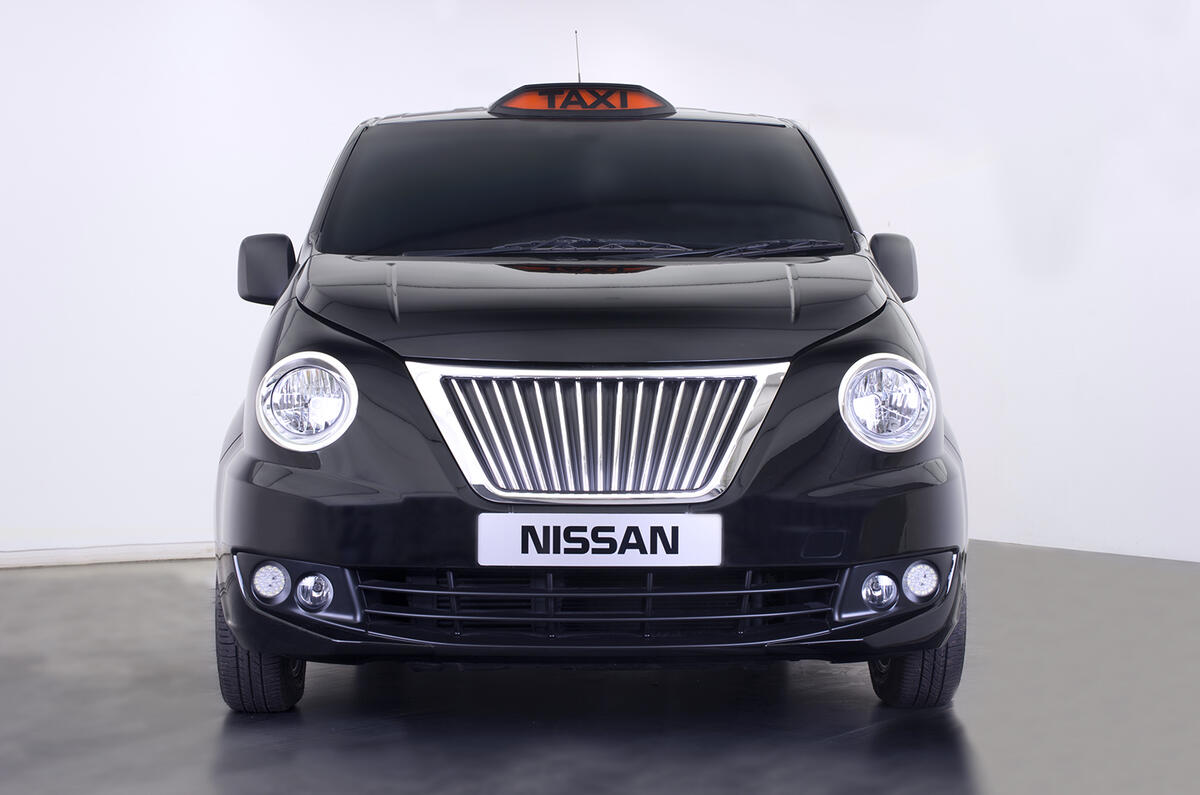This is convoluted, but bear with me. You may have noticed that Nissan has grafted a London taxi-esque grille and headlight ensemble to the front-end of its NV200 van to create a new London cab.
It’s a sensible attempt to make the beast’s mission more obvious as it plies the city streets, and was asked for both by cabbies, the London Mayor’s office and Transport for London after Nissan had shown a plainer version of its taxi last year.
These days most of us have got over the fact that London’s black cabs have been made by an outfit headquartered in China, or that black Mercedes Vianos are also doing the job, and rather more comfortably than the inflated, Noddy-like LTI TX1, which rides even more suddenly than the Fairway FX4 predecessor whose style inspired it.
Nissan has links with both these cabs, having supplied impressively hardy 2.7 litre diesel engines for them over the past 25 years.
But there’s a more tangential link, too. The Fairway FX4 was born is 1958 as an Austin FX4, and if you compare its look with the gabardine raincoat meets American jukebox looks of Austin’s A50 Cambridge saloon of the era, the bloodlines are easy to see. And Nissan, or Datsun as it was then known, would have been building this very Austin under licence in Japan.
Datsun had first seen significant success as a car maker in the 1930s when it built Austin Sevens under licence, and struck a deal in 1952 that would see it licence-build Austin A50s from 1953-59 – the same era into which the FX4 was born.
A tangential link it’s true, but a link nonetheless.




Join the debate
Add your comment
London Taxi